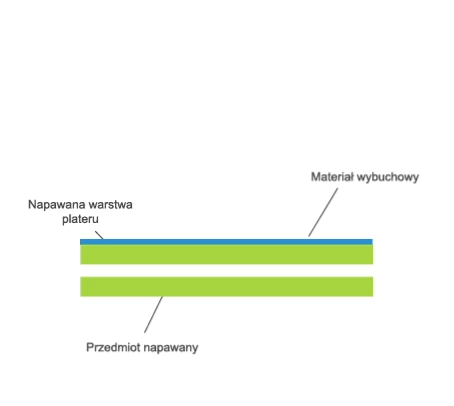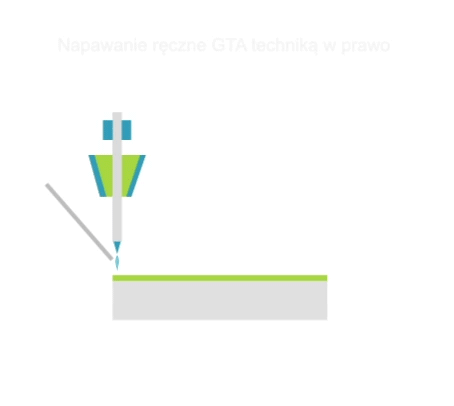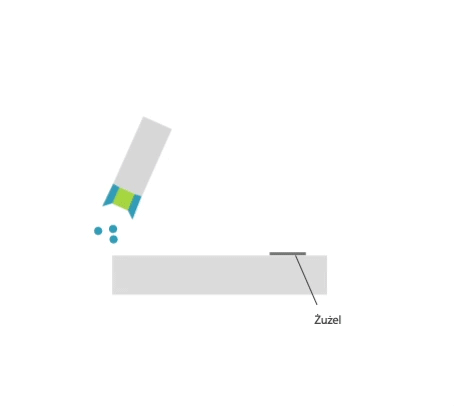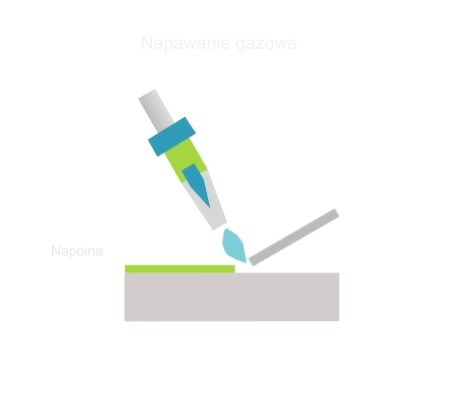Overlaying welding is an additive manufacturing technique in which metal objects are coated with a layer of metal using a welding/laser machining technique with simultaneous melting of the substrate. Overlaying welding uses methods used in welding and plasma or laser machining. Overlaying welding technologies are characterised by a precise metallurgical fusion of the coating to be overlayered (the build-up weld) with the partly molten substrate material, which can account for up to 60% of the build-up weld metal.
Depending on the heat source used, overlaying welding is divided into:
- gas welding – where a layer of liquid metal molten by a gas flame is applied to the partially molten surface of the workpiece. The additional material can be in the form of a solid wire, a wire with a dust core, a cast rod or a powder of metallic materials or cermets.
- manual arc welding with covered electrode – the electrode material and the metal of the workpiece are molten by the heat of the arc, resulting in the formation of a metallic layer fused to the substrate on the surface of the workpiece to be welded.
- submerged arc welding – involves melting the consumable electrode and partially melting the surface of the workpiece with the heat of the arc under a protective layer of flux. When the metals are molten together they form a build-up weld.
- electroslag welding – consists of melting an additional material in a resistance-heated slag bath, which simultaneously partially melts the substrate to be welded, forming a build-up weld with the additional molten material.
- Gas Tungsten Arc (GTA) welding – consists of melting the additional material and partially melting the substrate metal with the heat of the glowing arc between a non-consumable tungsten electrode and the workpiece (substrate) to be welded in the presence of inert gas.
- Gas Metal Arc (GMA) welding – which consists of the melting of the electrode material and partial melting of the base metal by the heat of the welding arc between the consumable electrode and the workpiece in the presence of an inert or active gas, which together form a build-up weld.
- Self Shielded Arc (SSA) welding – involves melting of the flux-cored wire and partial melting of the substrate by the heat of the welding arc, which takes place without additional gas shielding between the tubular coating of the wire containing the flux core and the workpiece to be welded, which when molten together form a build-up weld.
- friction welding – the additional material, in the form of a solid or composite rod, is rotated at a constant speed and frictionally pressed against the surface to be welded as it is moved along the surface at a constant speed. Under the influence of the frictional heat released between the weld surface and the rod face, a continuous plasticisation of a thin layer of the rod face takes place, which, as it moves along the weld line, fuses with the substrate metal to form a solid build-up weld.
- explosive welding – is a process in which, as a result of the pressure created by the detonation of an explosive, the welded layer of metal is pressed against the metal object to be welded with high energy and speed, resulting in severe deformation or even partial melting of the contact area and a permanent metallic bond.









